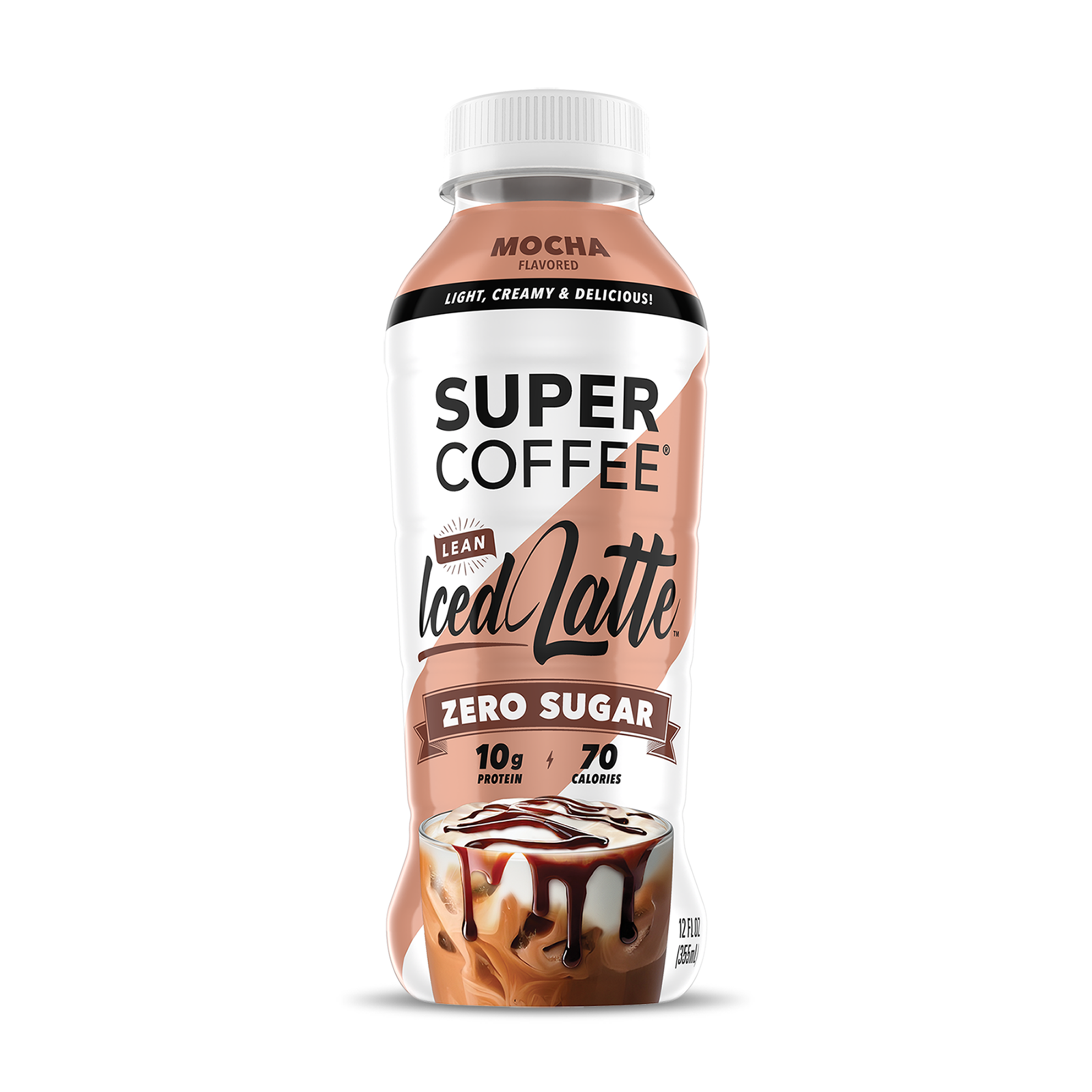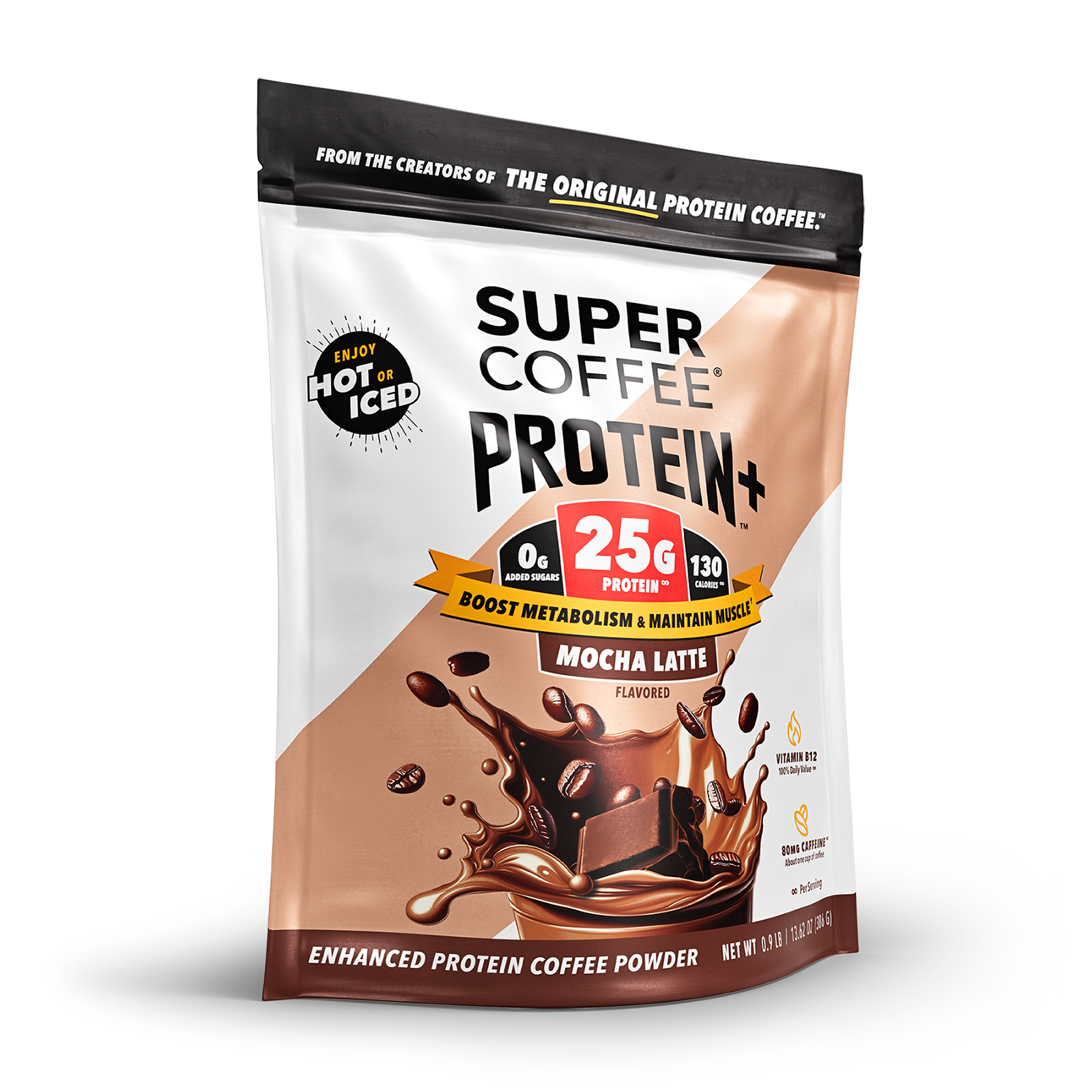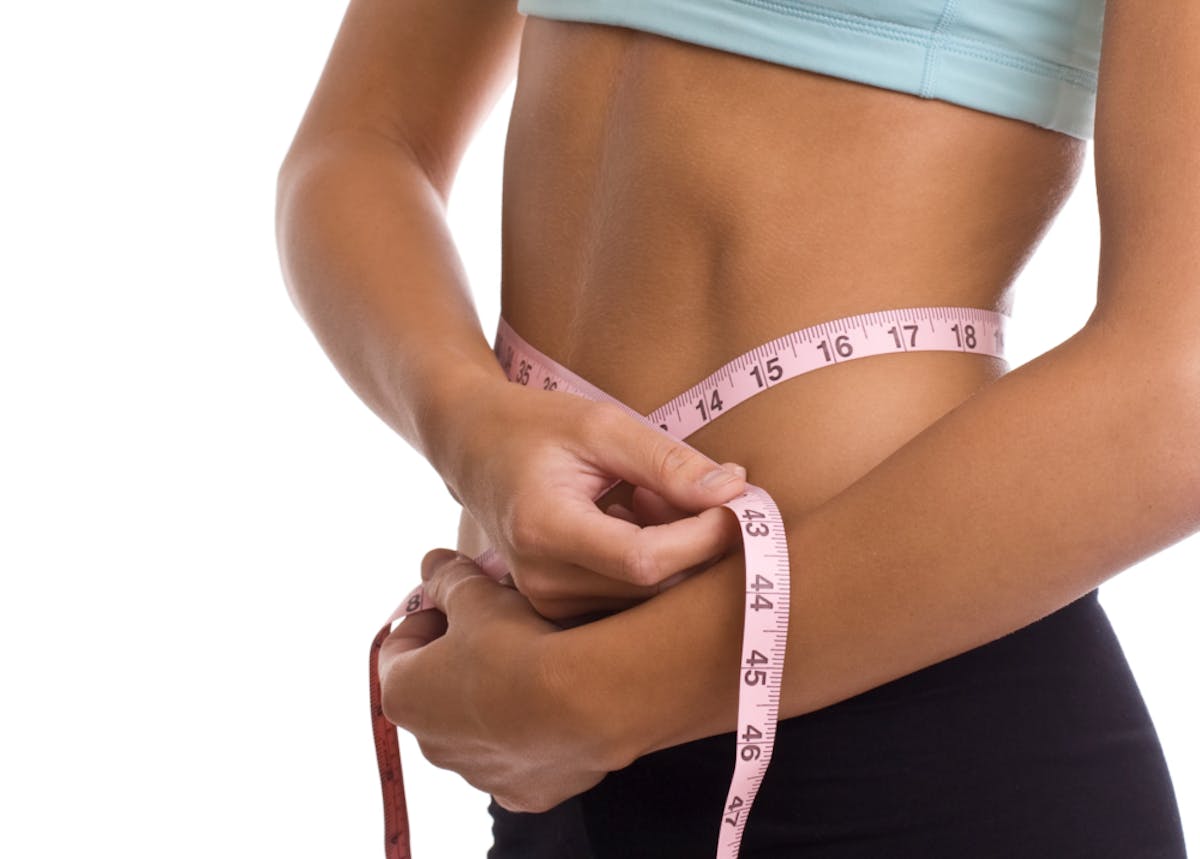Your cart is empty
At first, the ketogenic diet sounds like heaven on earth.
“You eat lots of fat and protein, and you lose lots of weight!” What could be easier or more emjoyable for anyone who loves butter and steak?
However, when you dive headfirst into keto before taking a good, hard look, you may end up hitting your head on the rocks of frustration. “I didn’t realize I could never eat a potato or some ice cream! Potatoes are vegetables and ice cream is fat! This is crazy!”
You wouldn’t dream of jumping into a pool to swim the 400-meter butterfly event without knowing the rules – or without understanding the rigors of competitive swimming.
Starting a low-carbohydrate, high-fat diet like the keto diet (or similar low-carb diet plans like the Atkins diet) is easy if you’re prepared, but it can seem like torture if you’re not.
Let’s get you ready, step-by-step, to brave the waters of ketogenic eating.
1. Educate Yourself
When you open the fridge and aren’t sure what you can eat – or when you’re suffering through the first stages of the keto flu (more on that shortly) – that’s no time to start browsing low-carb diet websites or reading books.
A keto lifestyle is a substantial commitment, even though you should only be on the diet for the short term (three months is the maximum recommended by most nutritionists and dietitians). It only makes sense to understand the rules before the race begins. (We’ll stop with the swimming metaphors now.)
The Goals of a Keto Diet
Naturally, your ultimate goal is to lose a substantial amount of weight. But the real goals of limiting your macronutrient ratios to 5% carbohydrates, 20% protein and 75% fat are to put your body into ketosis and to keep it there.
On “normal” eating plans, the body turns carbohydrate intake into the glucose it uses for energy. (You may know glucose as blood sugar.) But ketosis isn’t a “normal” metabolic state. It’s induced when the body can’t get glucose and starts manufacturing ketone bodies (ketones for short) as a replacement energy source.
When you follow a keto meal plan and limit your carb intake, the body enters a state of ketosis so it can produce and use ketones. Why is that important? Because the body creates ketones by burning your stored body fat. Once you begin to burn fat you’ll quickly start to lose weight.
Deviating from a keto diet causes the body to “fall out” of ketosis, and the fat burning and weight loss stops. You might even gain the weight right back. So the real goals are to get into ketosis, and then to stay there. You do that by eating the right foods.
What You Can and Can’t Eat
The guidelines for a keto diet plan are pretty straightforward once you’ve gotten a good handle on them.
We won’t spend pages and pages explaining them all now, but here’s a quick rundown. (We have full articles elsewhere on our site explaining the keto diet, listing all of the major keto diet foods, and detailing a keto shopping list.)
The most important rule is that you have to keep carbs at or below 5% of your total daily calorie intake. That’s around 20 grams of carbs (net carbs, not counting dietary fiber) for most people. And the way to get there is to stay away from grains and starches. In a nutshell, that means no bread, pasta, potatoes, bakery goods, soda, juice or fast food. Most packaged products are out as well, since they’re likely to have added carbs.
That basically leaves naturally low-carb foods like protein, veggies that grow above ground, and healthy fats. Before starting keto, you should spend some time with the lists we mentioned above to be sure you know what’s on the “naughty” and “nice” lists. Once you have a complete feel for what you can and can’t eat, it makes keto dieting a lot easier.
Be Sure Keto Is Right for You
The keto diet is safe for most people. But even if you’re fully committed to keto eating, the diet may still not be the right choice for you. People with gallbladder or kidney issues, hypothyroidism, or eating disorders can easily see their conditions worsen when following keto guidelines. (Intermittent fasting mixed with keto can be an subject worth pursuing if you’re prone to overeating.) Women who are pregnant or nursing should also wait to start keto.
The keto diet usually helps most of those who have type 2 diabetes, but type 1 and type 2 diabetics may each run into problems on keto. If you have concerns about diabetes and keto, check with your doctor before starting.
2. Clean the Kitchen
Most people starting a diet know better than to leave a chocolate layer cake on the counter or a gallon of ice cream in the freezer. Temptation is a dieter’s worst enemy.
Similarly, you should take time to clear your kitchen shelves, refrigerator and pantry of everything but keto-friendly foods before starting the diet. It’s all too easy to grab a box of spaghetti or a frozen pizza when you get home late from work, but that will undo all the hard work you’ve done getting into ketosis.
Also do a sweep to get rid of (or hide) other foods which can knock you off your diet before you can even think about whether they’re OK for keto. Bottled salad dressings, canned beans, sweet potatoes, vegetable oils – there are many foods hiding in the average kitchen which may seem innocuous but aren’t acceptable keto foods.
3. Go Shopping
Empty cabinets are the enemy of keto dieters. It’s way too easy to just go out for fast food or call DoorDash if you can’t find anything to eat.
You’ll have to replace the foods you just got rid of with keto-friendly ones, and the shopping list we mentioned will be a great help. Some of the pantry or refrigerator staples that are good to have on hand, though, are extra-virgin olive oil and coconut oil (avocado oil and MCT oil are good, too), butter, cream, eggs, canned salmon, soft or semi-soft cheese, nuts and seeds, olives, coconut milk, bone broth, dark chocolate, sweeteners like Stevia or sugar alcohols, and plenty of water.
Also check out the keto section of a good supermarket that’s nearby. You’ll be surprised at how many keto-friendly alternative foods are available these days.
Just before you’re ready to actually start your keto diet you’ll have to stock up on proteins and low-carb veggies, the whole foods which will be the foundation of your diet. That’ll mean plenty of cauliflower, avocado, zucchini and kale, lettuce, cukes and cabbage, along with your favorite proteins. (Remember that keto is a moderate-protein diet and not a high-protein one, though, so your protein intake should be somewhat limited.)
Even if you’re not quite ready to start the diet yet, pick up a few ingredients ahead of time. That will get you prepared for our next step.
4. Do Some Test Runs
Eating burgers without buns, or eating fish with vegetables instead of rice, may be a quite different than what you’re used to. Before diving into the deep end of the keto pool (oops, there we go again), try mixing some keto meals into your normal eating schedule so you can get used to them.
After you’re somewhat comfortable with what keto eating will be like, buy a keto cookbook or do some online searches for keto recipes that look really good to you and try making them. Not only will that get you comfortable with the types of cooking ingredients and oils you’ll be using, but you’ll have a library of go-to recipes when you start the diet. (You’ll also find out if you need a little work on your cooking skills.)
5. Get Ready for the Keto Flu
One of the most difficult parts of the keto diet is actually making it through the first few days when your body is entering ketosis. There are big dietary and metabolic changes that the body has to handle, and it usually responds with a collection of symptoms known as the “keto flu.”
You should be prepared to deal with side effects like low energy levels or even exhaustion, headaches, cramps, insomnia and stomach issues including either constipation or diarrhea; it’s earned the nickname “flu” for a good reason. You’ll also find yourself urinating more often.
The keto flu usually passes in 3-4 days when your body actually gets into ketosis. For some, though, it can take as long as a week. The good news is that you can often shorten that difficult period. Get lots of rest, skip strenuous exercise, get plenty of extra hydration, and replace the potassium, sodium and magnesium that are excreted in urine either with supplements or foods containing those micronutrients.
Before starting the diet, stock up on the water, bone broth and nutrient-rich foods you may need to battle the keto flu. When you’re lying on the couch and waiting for the flu to subside, you’ll be glad you planned ahead. And stick with the extra hydration and electrolytes (but not electrolyte drinks which contain sugar) while you’re on the diet. You need more of them in ketosis, too.
6. Time to Get Started
You should finally be ready to begin your keto journey. If things go well, you’ll lose a good deal of water weight right away, followed by slower but consistent weight loss. You’ll also realize the health benefits believed to be linked to keto eating. Lower blood sugar levels and better insulin resistance, lower blood pressure and a reduced risk of heart disease are among them.
And if you fall out of ketosis – be sure to give yourself a break. You can start again whenever you’re ready. Keto is hard, but the end results are worth it.
Blog posts

Cold, creamy and delicious - This chocolatey cold brew recipe is the perfect treat to kickstart your morning! The Recipe Chocolate Cream Cold Brew Prep Time: 1 minutes Cook Time: 5 minutes Ingre...
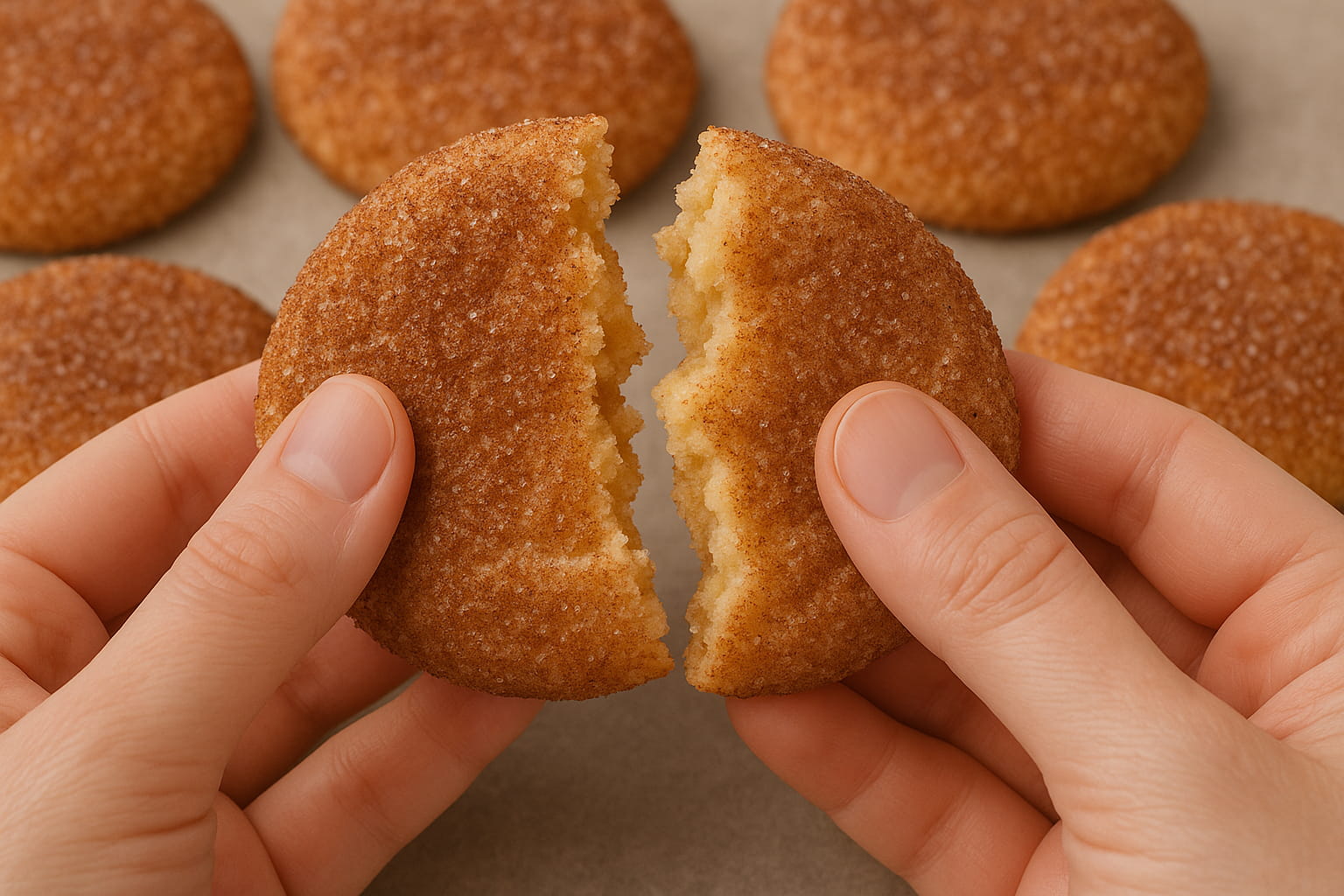
Indulge in the warm embrace of autumn with Pumpkin Spice Snickerdoodles - soft, spiced, and utterly irresistible! The Recipe Pumpkin Spice Snickerdoodles Prep Time: 10 minutes Cook Time: 1 hour ...
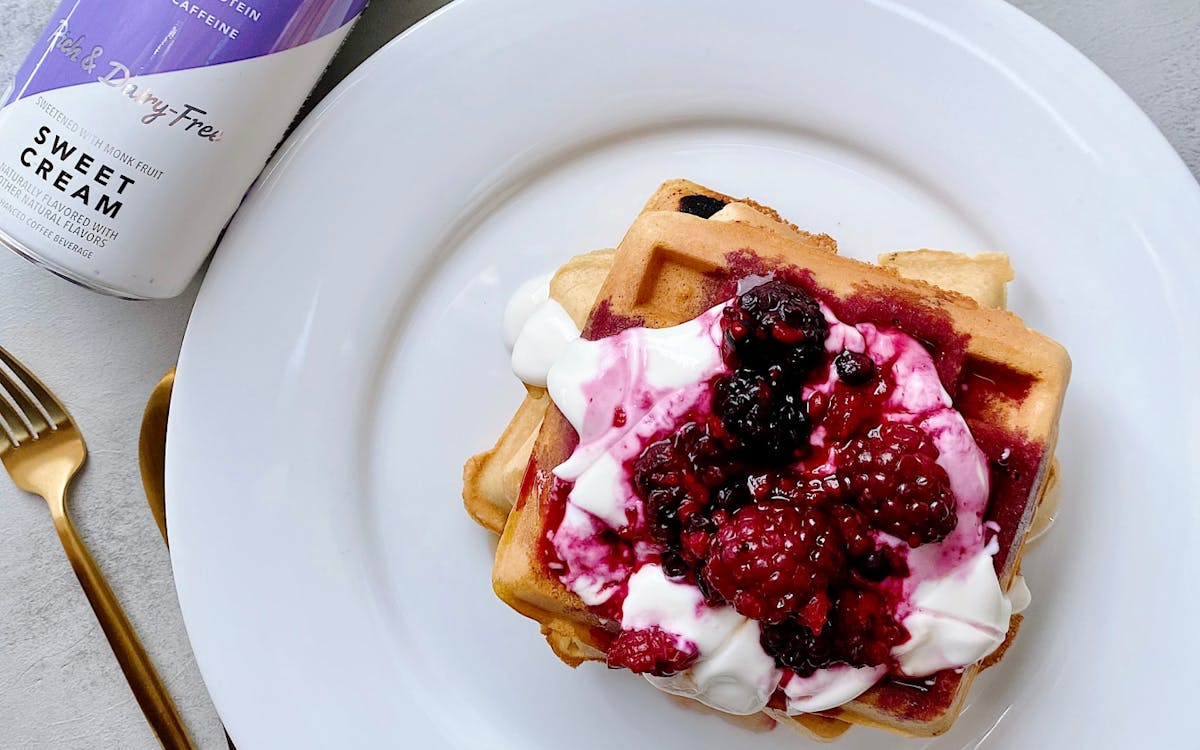
Low Carb Berries & Cream Waffles
These low carb/low sugar waffles are delicious, wonderfully crispy on the outside, and fluffy on the inside. You can also double batch and freeze for easy weekday breakfasts. Featuring our almost-...
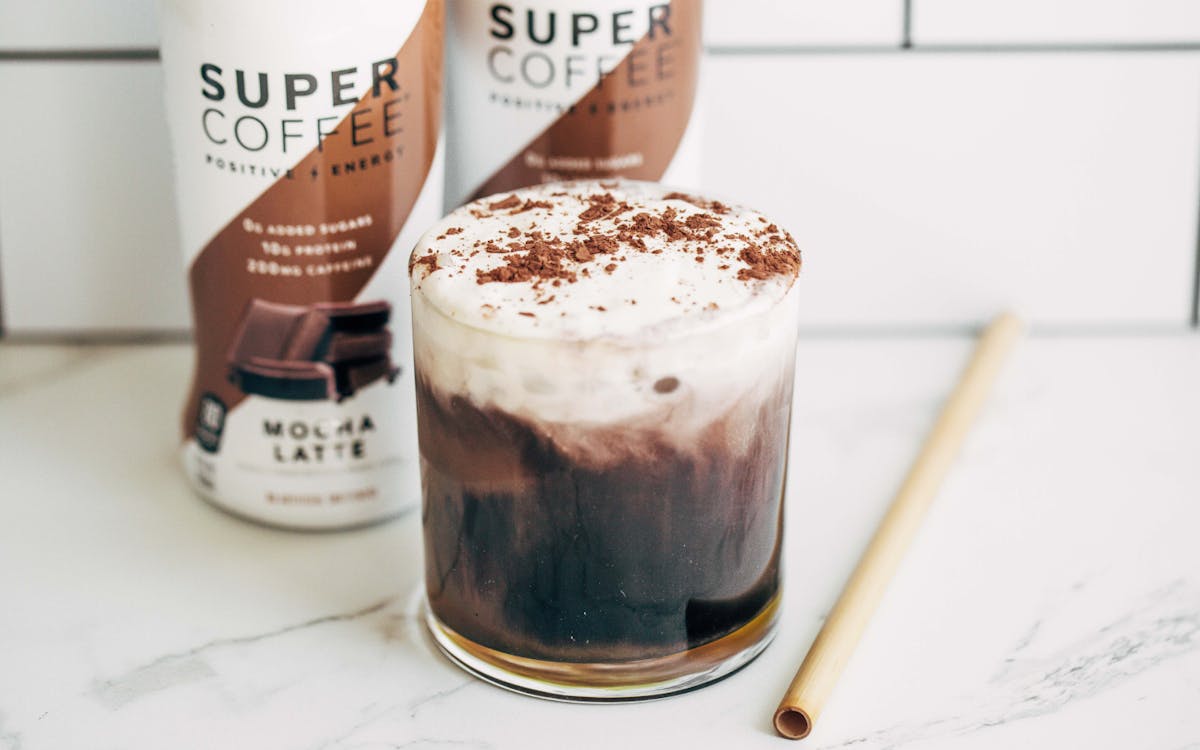
This may be the most fun latte recipe we’ve tried yet! With gooey & decadent black chocolate drizzle and a thick layer of creamy French Vanilla, just one sip of this iced latte will transport ...
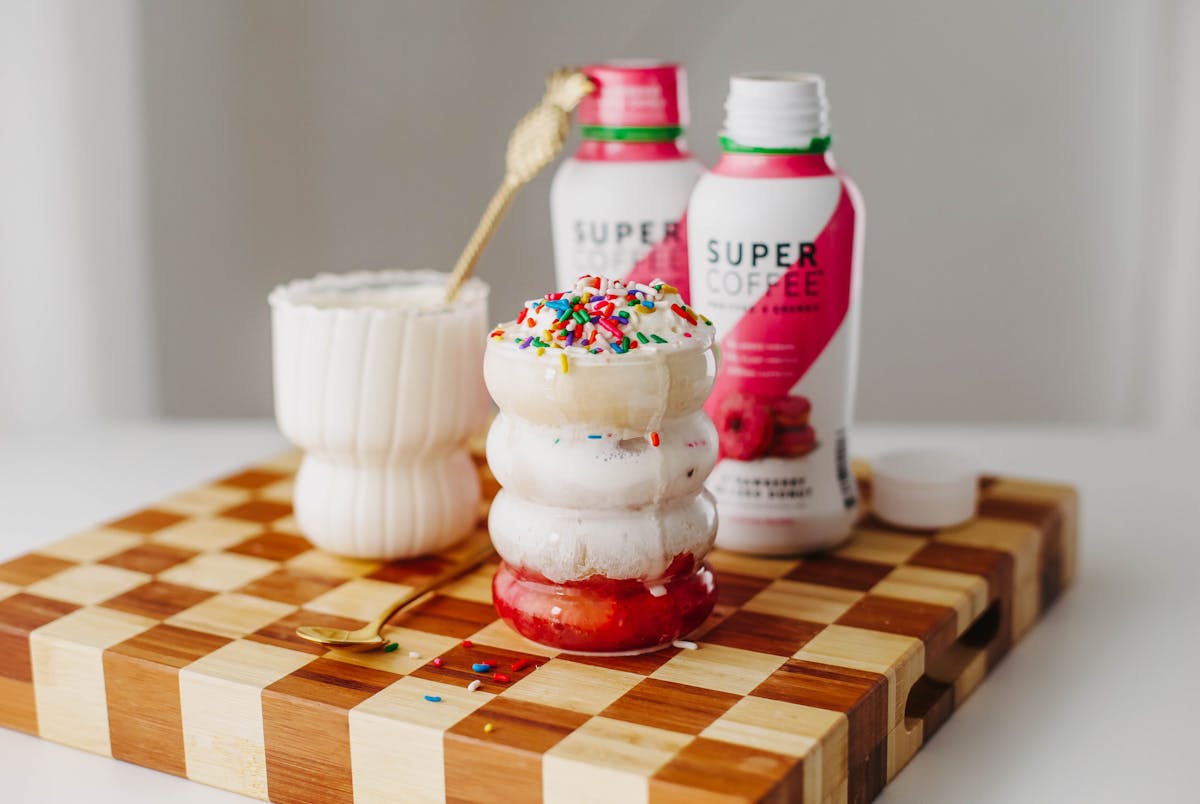
Strawberry Sprinkle Keto Coffee Recipe
Nutritional Info Calories: 274 Fat: 26.7g Carbs: 5.7g Protein: 4.5g Sugar: 2.1g Ingredients 3 strawberries, sliced. 3-4 tbsp heavy cream or half & half. Enough ice to fill a glass. 1/2 cup S...
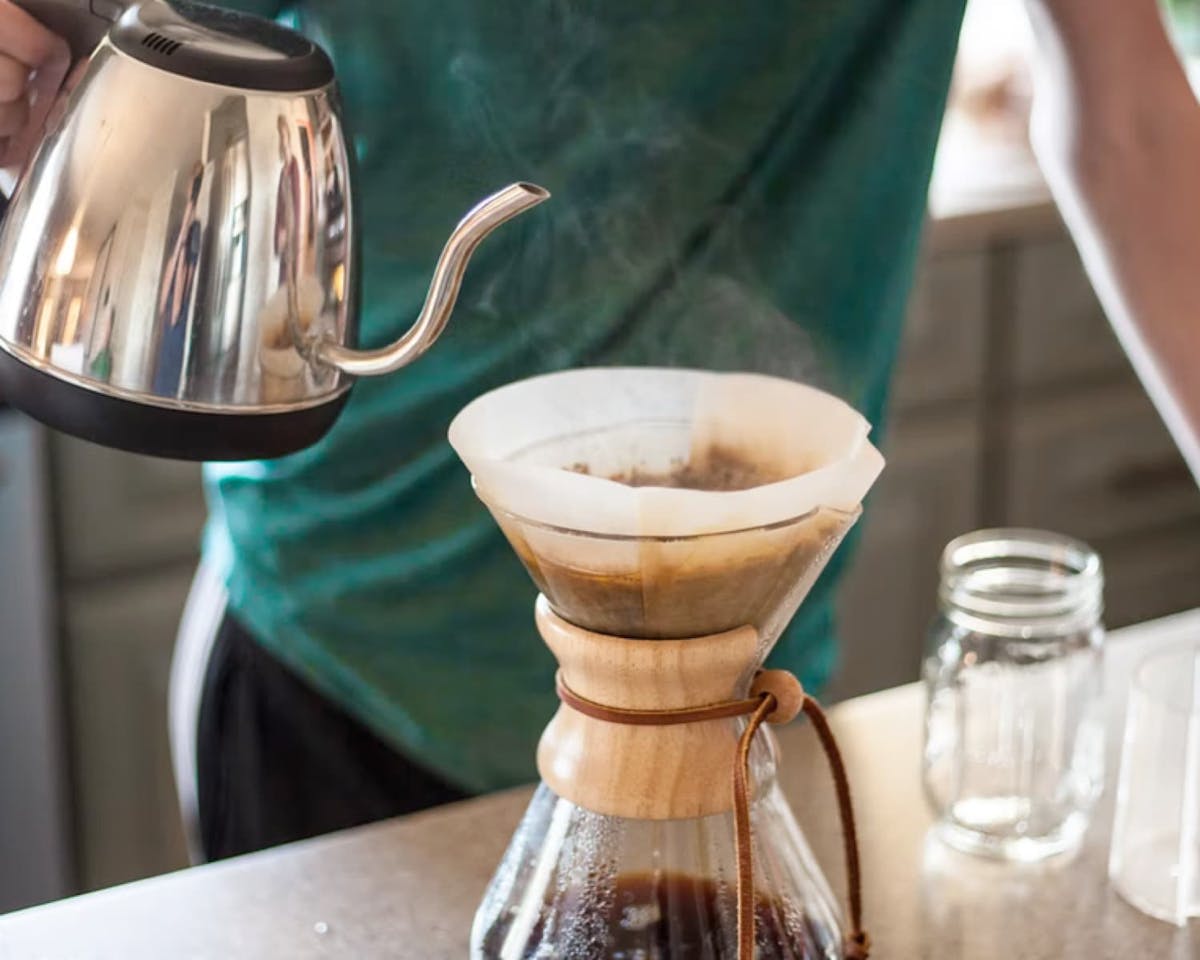
8 Healthy Coffee Recipes That Are Better Than Starbucks
There’s no question about it. Coffee is good for you. Those who don’t like black coffee, of course, commonly add milk, cream and sugar – even if that also means adding calories, fat or carbs to the...



